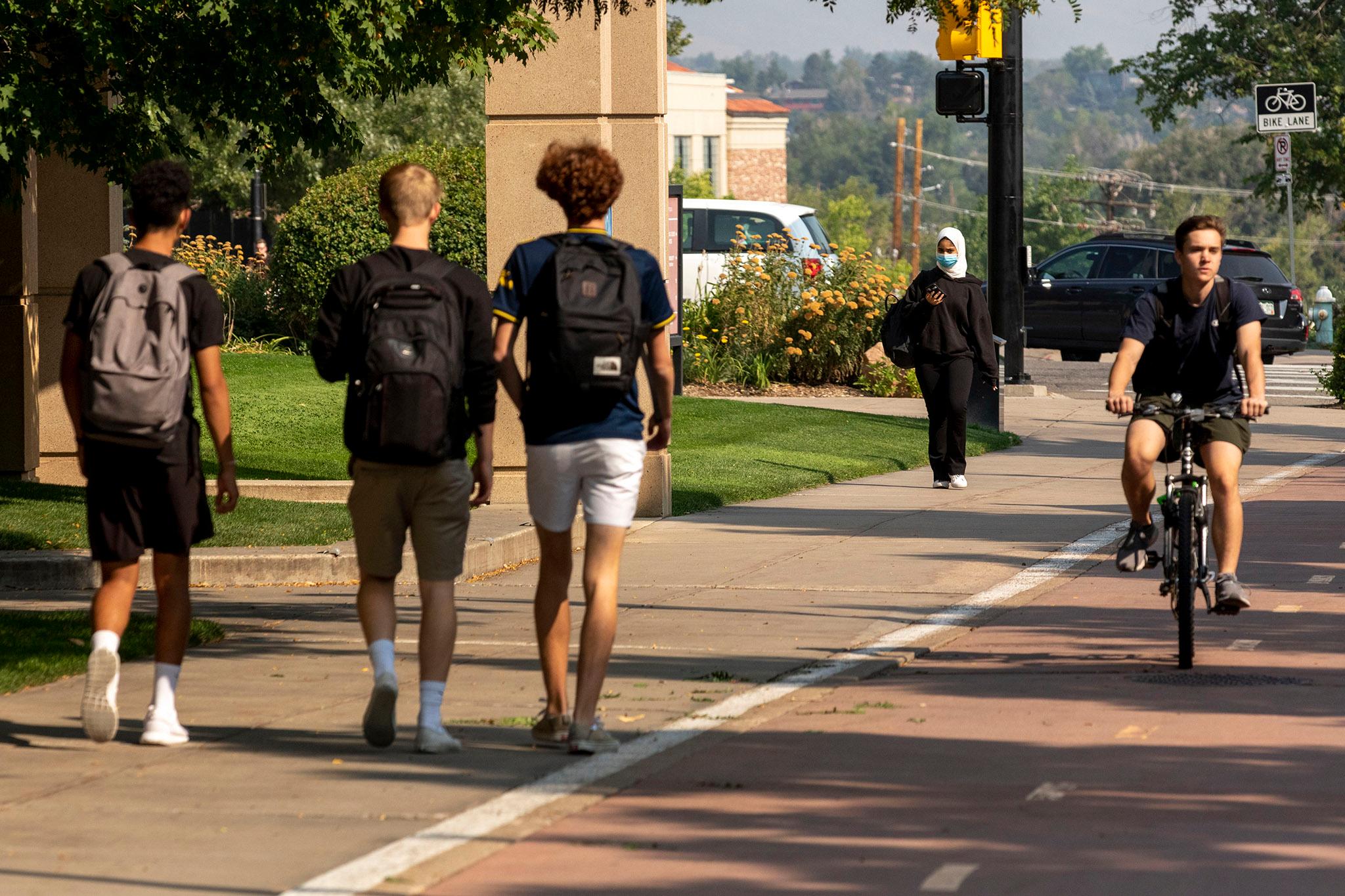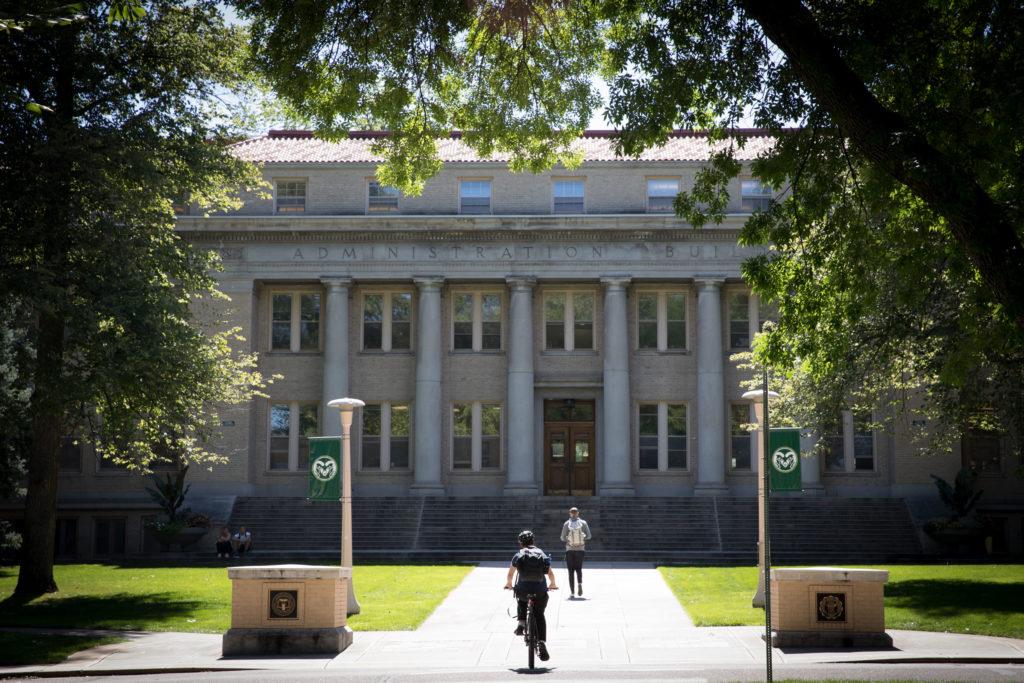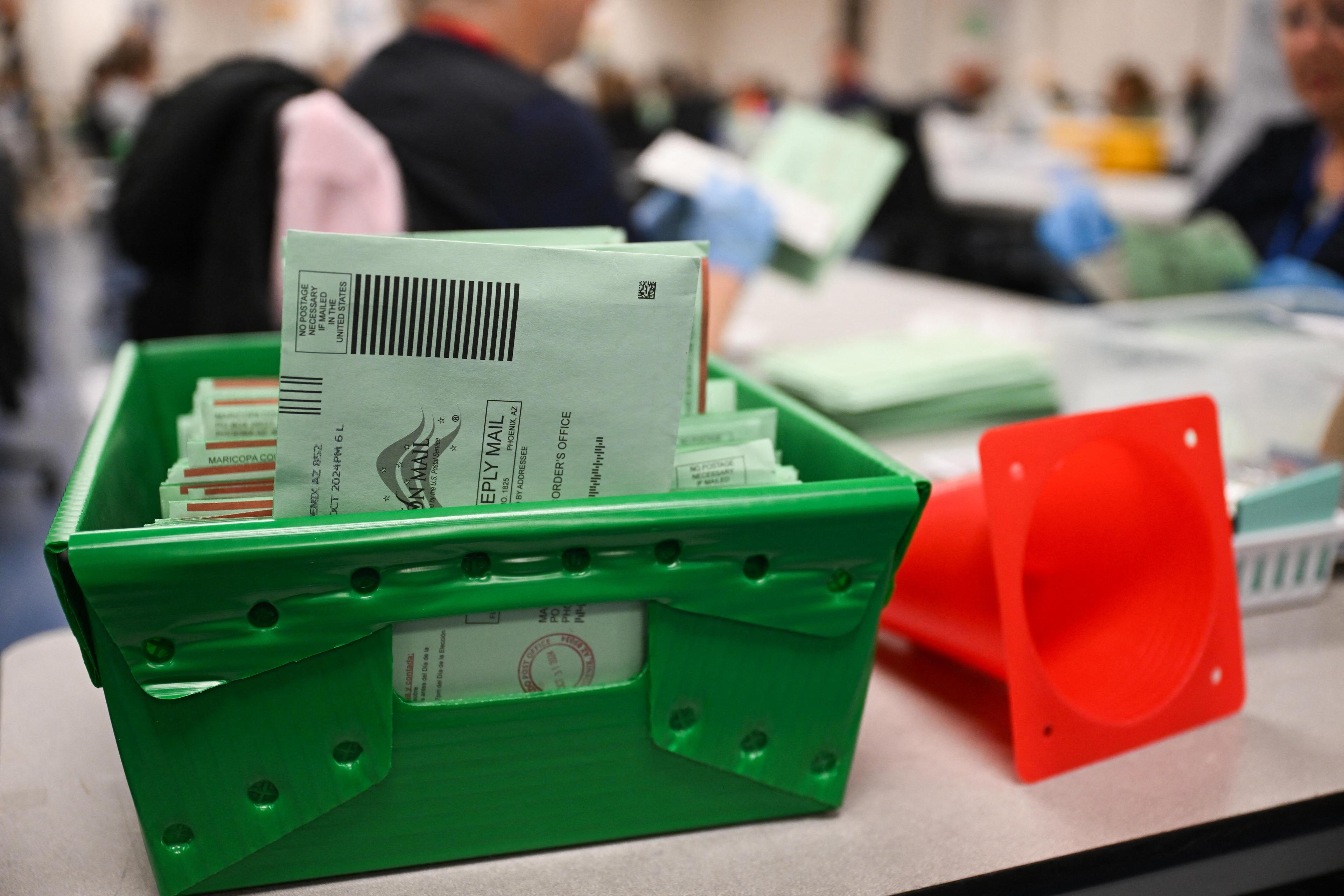
On Sunday, Madi Duffy began moving her things into a freshman dorm at the University of Colorado Boulder. Move-in day has been a long time coming for Duffy, who wants to pursue a career in musical theater.
“It's intense, kind of across the board, for musical theater. You have to go through a pre-screen process and then you have to go through a callback process,” Duffy said. “And then from there, there's like six to eight kids that get into these programs.”
When Duffy was accepted to the program, she was elated. There was just one problem — she was waiting for her federal financial aid package before she could officially enroll at CU, which was supposed to arrive before students committed to their universities of choice in spring. Her decision came up at almost the very last minute, and she officially enrolled at CU in early summer.
Like hundreds of thousands of incoming students, that financial aid package was delayed due to the delays in the rollout of the newly revised Free Application for Federal Student Aid, commonly known as FAFSA.
“I didn't get it back until end of June and it was supposed to come back in April. So not ideal,” Duffy said. “I think for people trying to do early deadlines and things like that, submitting to certain programs, it's not the best.”
Some higher education leaders called the federal Department of Education’s FAFSA revamp and subsequent rollout a botched attempt.
Completing the FAFSA allows federal and state entities to determine if prospective students are eligible for student aid, such as grants, work-study funds, loans and scholarships. The application primarily uses family income and assets to determine eligibility.
The FAFSA revamp has been years in the making. In 2021, Congress ordered the Department of Education to make the form easier to fill out and more accessible. Officials said the changes would mean more students get more financial aid and grants.
But upon launch, students encountered a broken system plagued by technical bugs that hadn’t accounted for inflation, meaning the revised form is expected to do the opposite of its goal and award less financial aid to students.
“The rollout last year was problematic. I'm being generous,” said Angie Paccione, the executive director for Colorado’s Department of Higher Education.
Paccione said Colorado saw 2,600 fewer FAFSA applications during the last application cycle than the year prior, a number that worries her. Students who complete the FAFSA are far more likely to attend college, and Colorado already has among the worst FAFSA completion rates in the country.
The botched FAFSA rollout comes as Colorado continues to struggle to improve its rate of high school seniors who go on to attend college.
“Of our high school graduates, just about 50 percent are going on to anything, whereas the national average is closer to almost 70 percent,” Paccione said. “So we're considerably below the national average on college-going.”
Colorado universities will know more about the impacts of FAFSA enrollment after mid-semester censuses.
While the effect of the FAFSA rollout has been felt among Colorado’s high schools, various universities and colleges told CPR News that freshman enrollment has remained relatively steady.
Colorado State University in Fort Collins said their incoming freshman class is “one of the largest” to arrive in its history. CU said over 7,000 freshmen are arriving for freshman move-in this week. Overall enrollment across the Colorado Community College System is also outpacing last year’s numbers. Paccione said she’s heard from other state universities reaching record class sizes.


At Colorado Mesa University, President John Marshall said they avoided the FAFSA delays entirely and are welcoming the largest freshman class on record. He attributed that to a decision he and the CMU Board of Trustees made when the FAFSA shortfalls became apparent.
“We worked really hard with just a tremendous team here at CMU and some of our partners to figure out how we would take an ordinary calculator, which every university has, and turn that into an estimate that a family could plan on that would be a guarantee to them,” Marshall said.
Universities won’t have precise data on freshman classes until they conduct mid-semester censuses. But Joe Donlay, director of the financial aid office at CSU, said despite the speed bumps presented by its rollout, initial signs indicate the new FAFSA appears to be doing exactly what it promised to do — provide more financial aid for more students.
“Initial observations are, yes, there is a significant expansion of Pell Grant availability at Colorado State University, and I look forward to seeing how that plays out here in the coming weeks as the semester gets underway,” he said.
Students applying for college this year will face yet another complicated FAFSA rollout. Earlier this month, the Department of Education said the application will launch in December — two months later than usual. Officials intend to use that delay to iron out any potential issues by providing limited access to certain students and universities.



